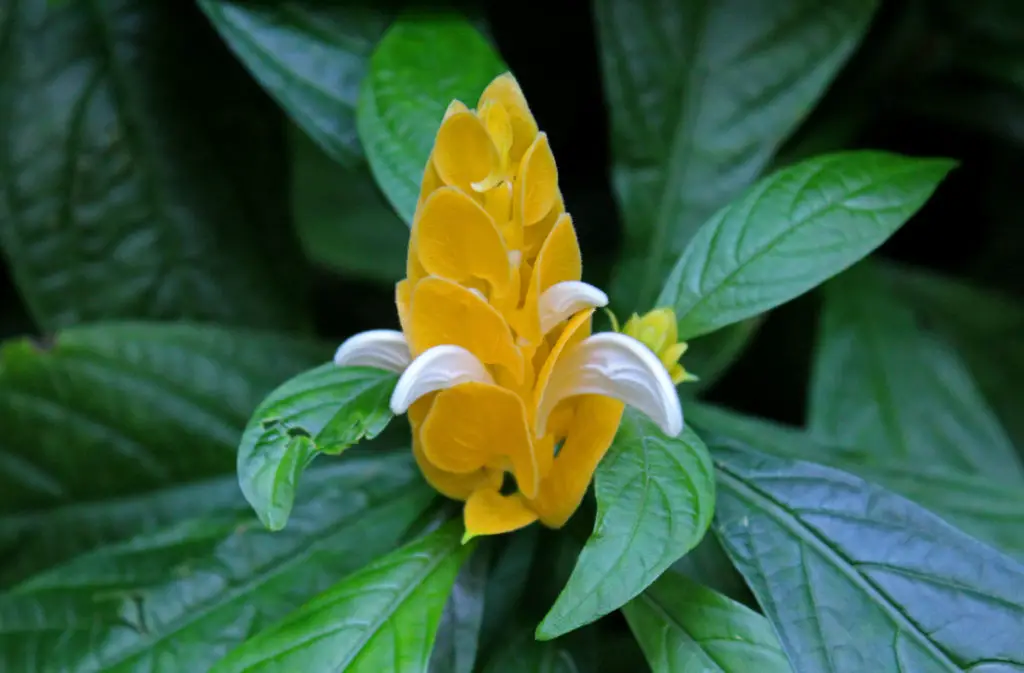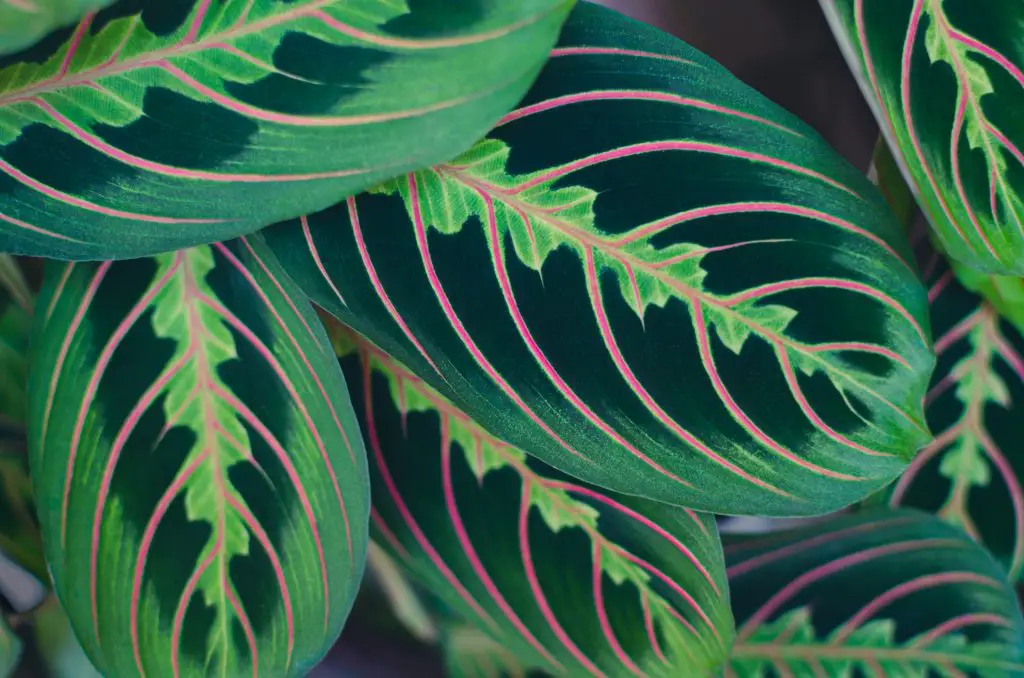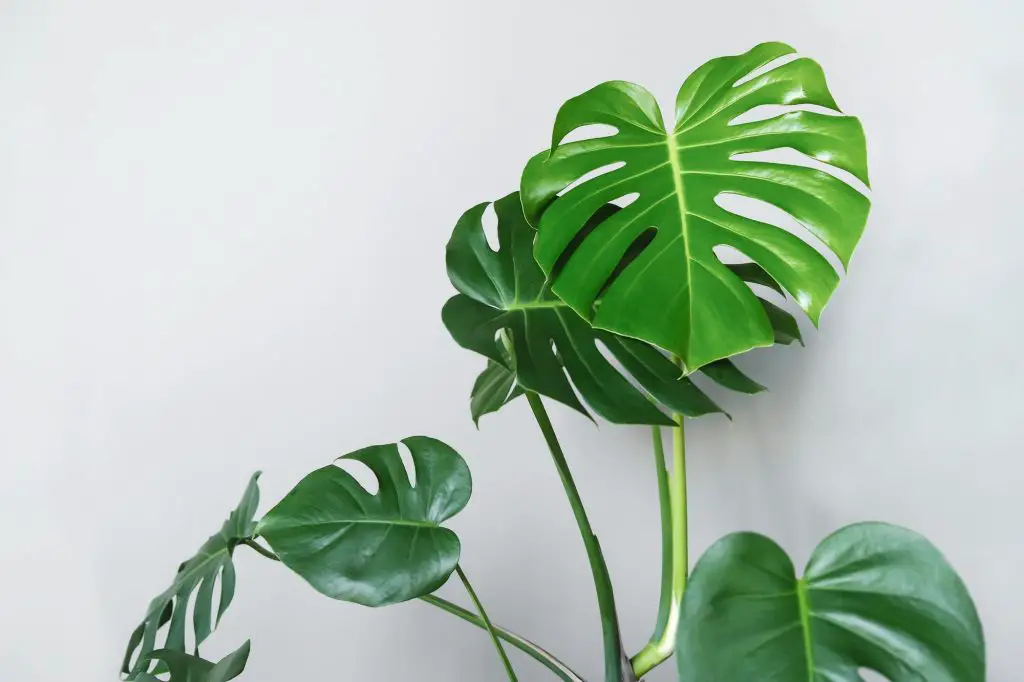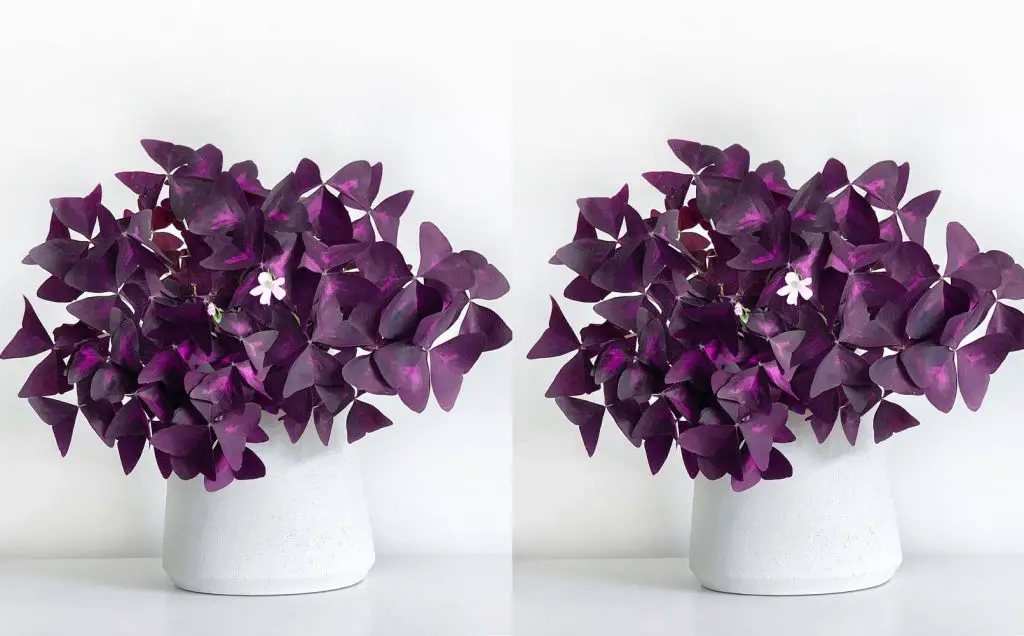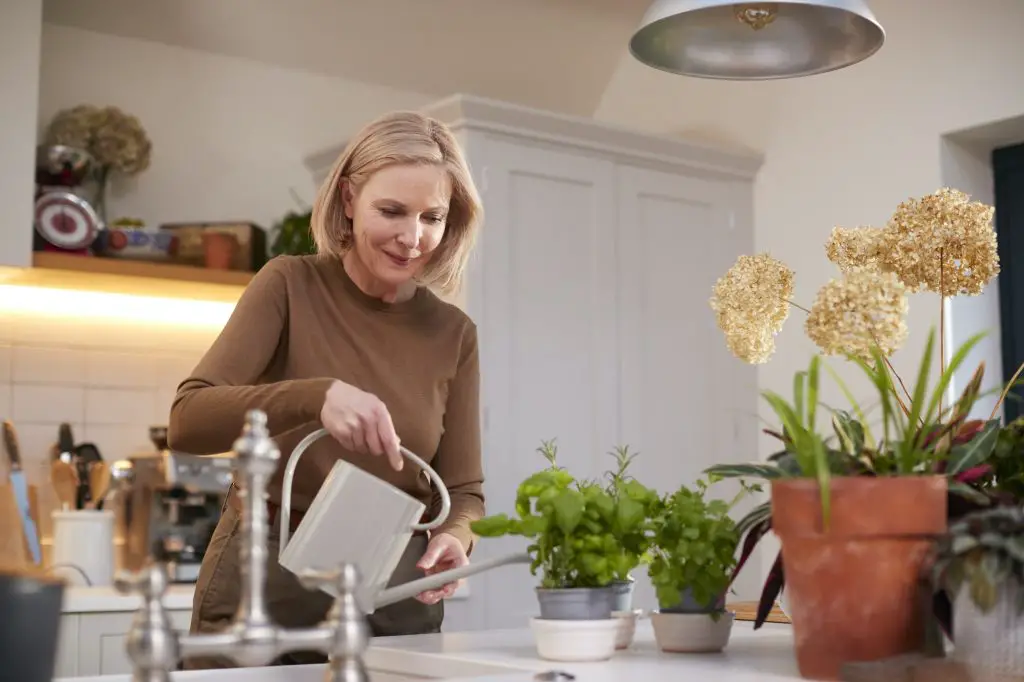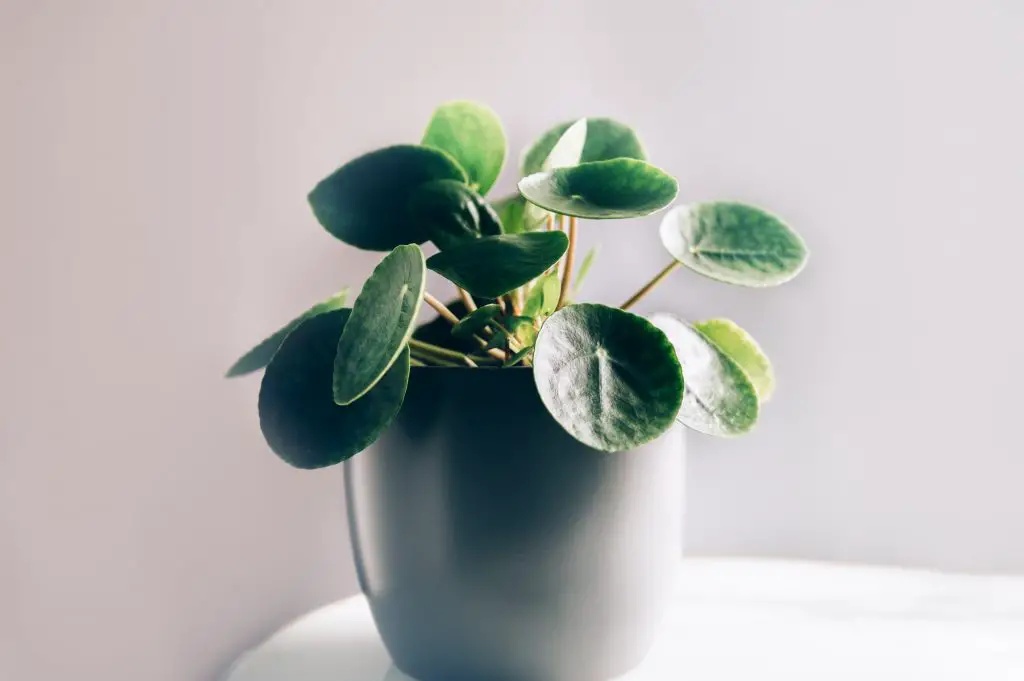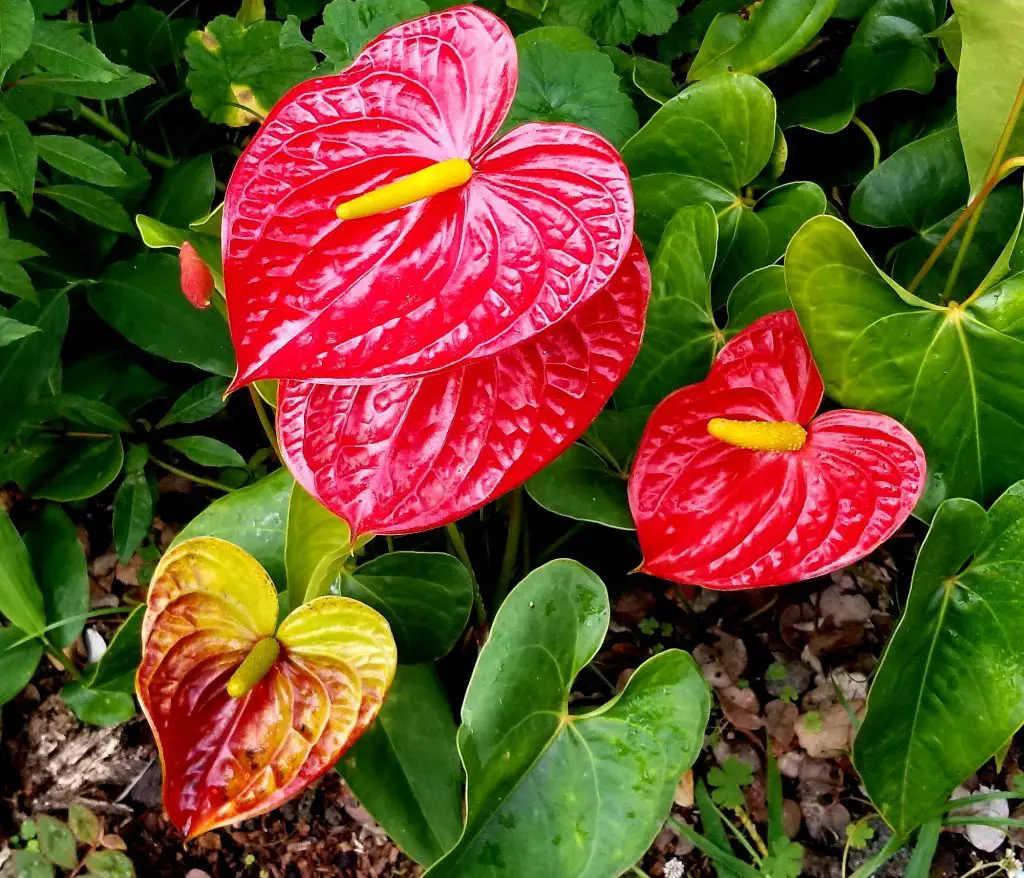Ornamental plants are one of the most grown plants by everyone all around the world. The reason is easy; an ornamental plant complements its surroundings or interior.
We understand the trouble that comes with growing an ornamental plant and how everything has to be perfect for it. The truth is that although a lot of people will love to own an ornamental plant, not many are acquainted with easy ornamental plants to grow. One of our favorite easy ornamental plants to grow and care for is the shrimp plant.
The shrimp plant is one of the 60 tropical evergreen shrubs in the genus Justicia, it can be referred to by other names such as Mexican shrimp plant or false hop, it is also known for its botanical name Justicia brandegeeana.
The plant is from the family of Acanthaceae and is native to Guatemala, Mexico, Central America. The plant is characterized by its green, oval leaves and its white flowers that extend red bracts the bract isn’t the actual flower; however, it is there to protect the flower. We can say that the plant got its name from these red bracts, which look like the body of a shrimp. It comes in a variety of colors ranging from red, orange, yellow, purple, blue, and white.
| Botanical name | Justicia Brandegeeana |
| Common name | Shrimp plant |
| Plant type | Shrubs |
| Light | Partial sun |
| Soil type | Clay, sand, loam. Well-drained. |
| Soil pH | Neutral, acidic |
| Toxicity | Non-toxic |
| Native | Mexico, Central America. |
The plant itself grows to about 39 inches tall and 24-36 inches broad, with its leaves growing to about 3 to 7cm long. The shrimp plant is not just perfect for outdoor but can also be grown as houseplants.
In the class of easy ornamental plants to grow, the shrimp plant is one of the easiest ornamental plants you can find. Once provided with the right conditions, the shrimp plant will grow healthily and will not disturb you. The plant is also able to survive hard frost, although it may die first, you can be sure that your plant will sprout again.
The best thing we love about the shrimp plant, apart from its lovely bloom is that it is drought resistant and you know that is good news, especially to beginner gardeners. We know you cannot wait to grow the shrimp plant; we have provided all the information you need to successfully grow and care for your shrimp.
Table of Contents
Shrimps Plant Requirements
Although the shrimp plant is an easy plant to grow, it has to be provided with the right conditions, most preferably, one that models its natural habitat. Below are the requirements that you need to grow a healthy shrimp plant.
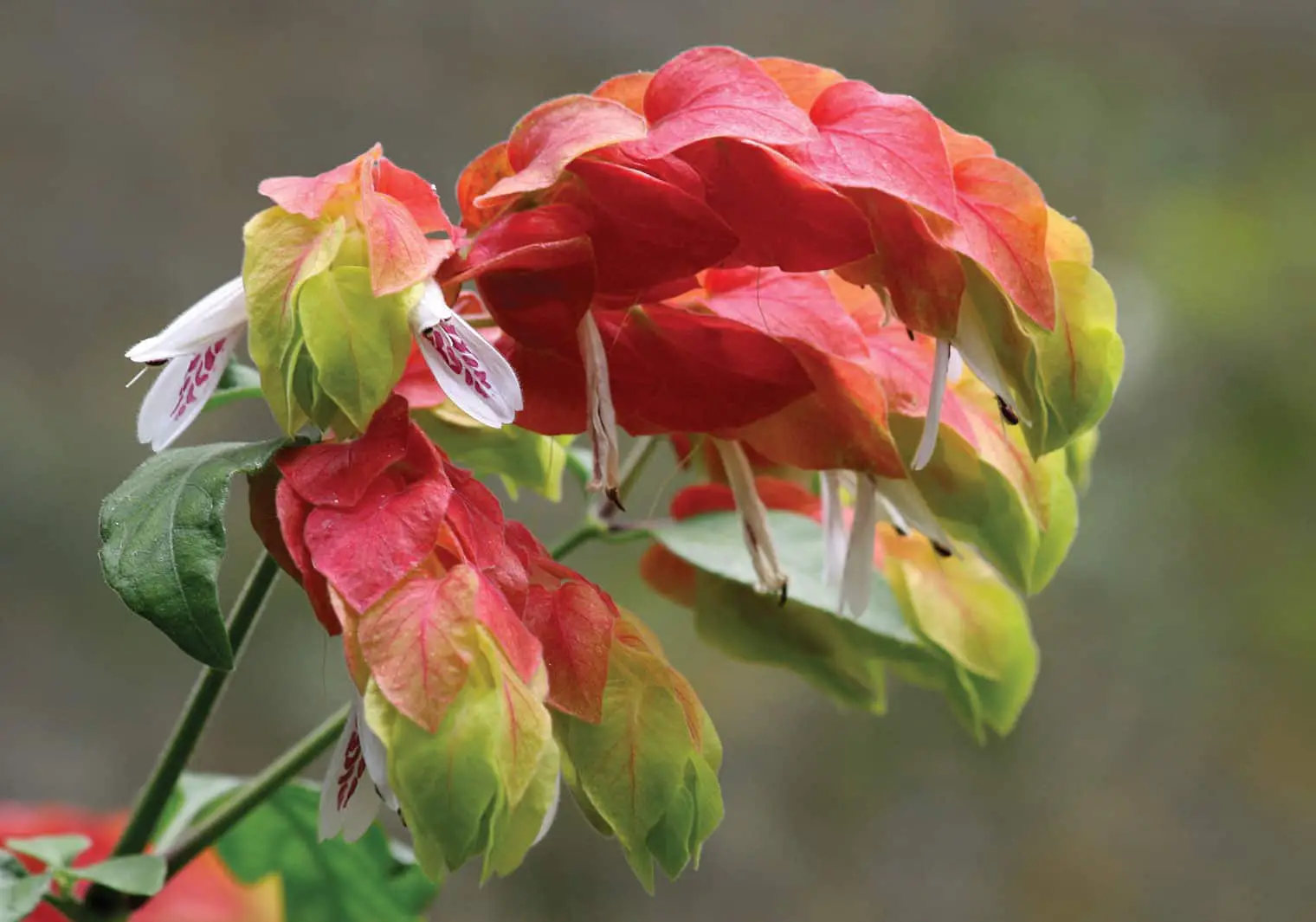
1. Light
As the tropical plant that it is, the shrimp plant enjoys and will thrive in warm weather. This also indicates that your plant will grow best in bright light; however, it must be indirect.
For proper lighting, the plant can be placed in direct sun in the morning; however, it must be shielded from the afternoon sun. They can also be placed outside during the summer months; you only have to monitor the amount of sun they receive. If you live in areas where you experience cool summers, we recommend that you place your shrimp plant under direct sunlight.
2. Water
Contrary to many other plants, the shrimp plant enjoys being watered. You must soak the soil properly, considering the soil is well-draining.
The plant can be watered this way in all other seasons apart from winter. During the winter, we recommend that you cut back on the water you provide for your plant as they do not need the amount of moisture as in other seasons. An important tip in watering is to never water the plant overhead.
3. Temperature
The USDA hardiness zones 8 to 11 is the ideal temperature condition for shrimp plants, although it is still possible to grow the plant outside these places. The plant can be placed in temperature between 65 to 75 degrees F in summer and 55 to 65 degrees F in winter. The plant mustn’t be placed in temperatures below 45 degrees F.
4. Humidity
The shrimp plant is a tropical plant, and according to its native habitat, the plant requires a high level of humidity to grow properly. You can constantly place the plant in rooms with high-level humidity. You can also mist the plant regularly or purchase a humidifier for your plant.
5. Soil
The shrimp plant enjoys being placed in a loamy soil. And like most soil, the perfect soil condition has to be soil with proper drainage. The soil pH has to be neutral; however, the plant can still grow in slightly acidic soil conditions. For the best result, your soil pH should maintain 6.1 to 7.5.
6. Fertilizer
Regular feeding of your plant is encouraged. This is to get the plant to bloom. It is best to feed them between the winter and autumn months. Feeding them with diluted fertilizer every two weeks is recommended. These are the best fertilizers for your indoor plants ranked.
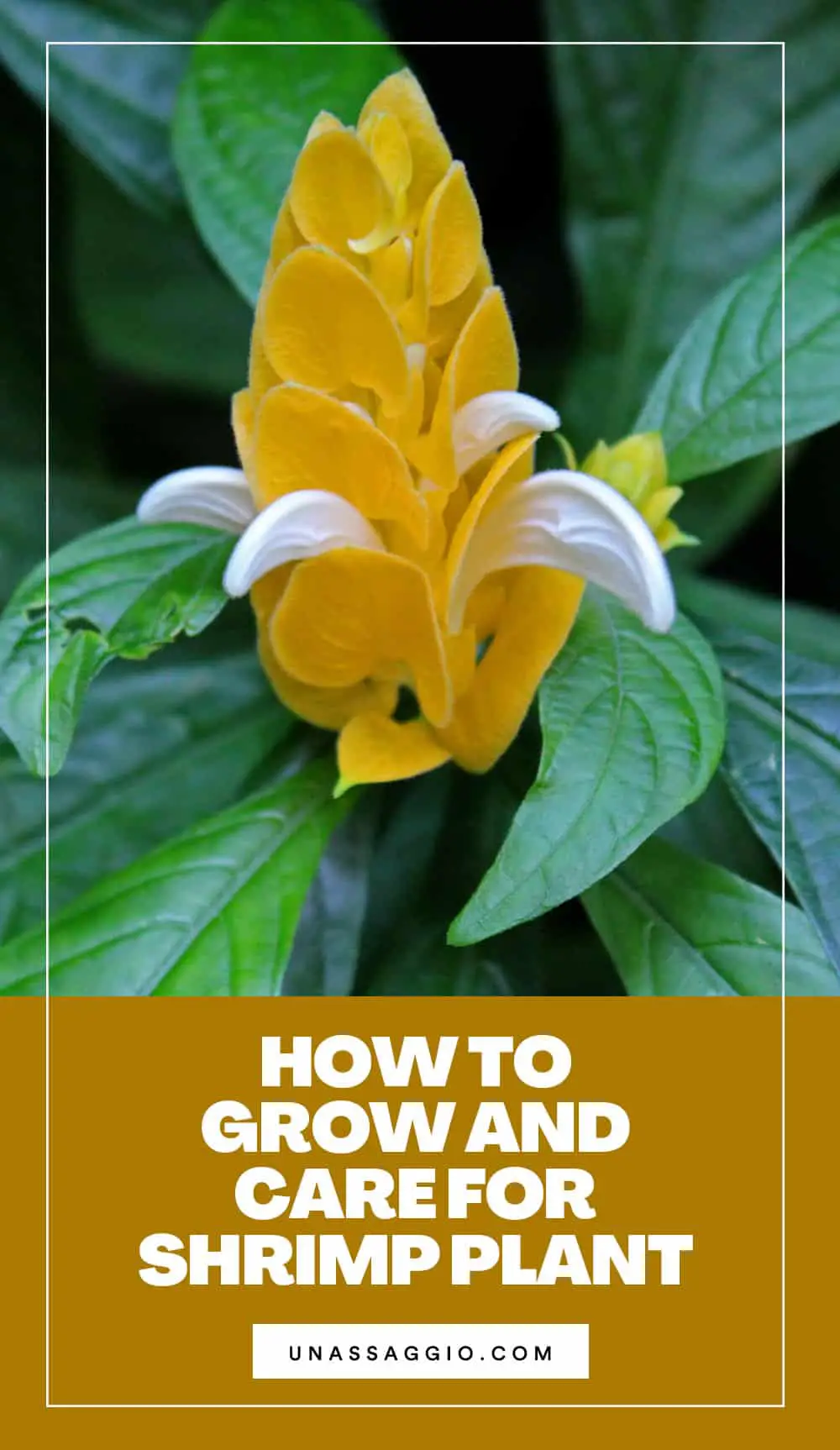
Shrimp Plant Propagation
Propagating the shrimp plant is as easy as caring for them. The plant can be propagated via two methods, stem cutting, and division. Although after much comparison, we found stem cutting to be the easiest method to propagating your plant.
Propagating Shrimp Plant Via Stem Cutting
- Identify and select and healthy and mature plants.
- Make your cuttings from this plant; the cuttings should be about three to five inches long.
- Get rid of the leaves at the bottom and ensure the cutting has at least two leaves on it.
- Prepare the soil in a container and place your cutting bottom in the new soil.
- Mist the soil gently until it is damp, place the container with the cutting into a sealable bag.
- Carefully place the bag under bright sunlight and regularly mist the soil to keep it moist.
- After some weeks, the plant will develop its root. Once this is noticeable, remove the plant from the plastic bag and move to larger pots.
Propagating Shrimp Plant Via Division
- Preferably select a shrimp plant that has outgrown its present pot.
- Remove the plant from the pot and separate the earth from the roots.
- Divide the plant into two or more parts to make sure each part is still attached to its root.
- Repot each individual into separate pots with fresh soil.
- Keep the soil moist and place the pot exposed to indirect, bright light.
How to Care For Your Shrimp Plant
Although having information on the condition to provide for your plant is important, it is also important to also be mindful of your plant’s growth. The following are regular care routines that your shrimp plant requires.
- Although the shrimp plant can be grown indoor and outdoor, be mindful that when grown indoors, the plant may not grow beyond 2 feet. You do not have to worry if your indoor shrimp aren’t up to 3 feet.
- Re-potting is an important aspect of the shrimp plant; it prevents its root from getting cramped. We recommend that you re-pot your plant every year. Your plant will also benefit from the nutrient of the fresh soil.
- The most attractive thing about the shrimp plant is its bract. To keep the bract all year round, you must be mindful of the watering level. The soil must never be caught dry, but moist. You can create a watering schedule for your plant i.e. once or twice a week.
- Although your plant loves its soil moist, it can also suffer from overwatering. For best monitoring, a watering schedule will help you.
- Pruning is an important need for your plant’s growth. You will need to prune the shrimp plant regularly to keep it healthy. This could be done once a year.
Final Thoughts
Although the shrimp plant is an easy one, it requires your attention, especially in watering. This can affect how it blooms. The shrimp plant gives the home a tropical vibe and also compliments the home interior.
Discover more houseplant care guides:
- Calathea Orbifolia Plant: The Complete Growth And Care Guide
- Chinese Evergreen Plant (Aglaonema): The Growth And Care Guide
- Creeping Thyme: How to Grow And Care For Them
- Purple Passion Plant Propagation And Care Guide
- Rattlesnake Plant: The Complete Growth And Care Guide
- Spider Plant: The Complete Growth And Care Guide (2021)

